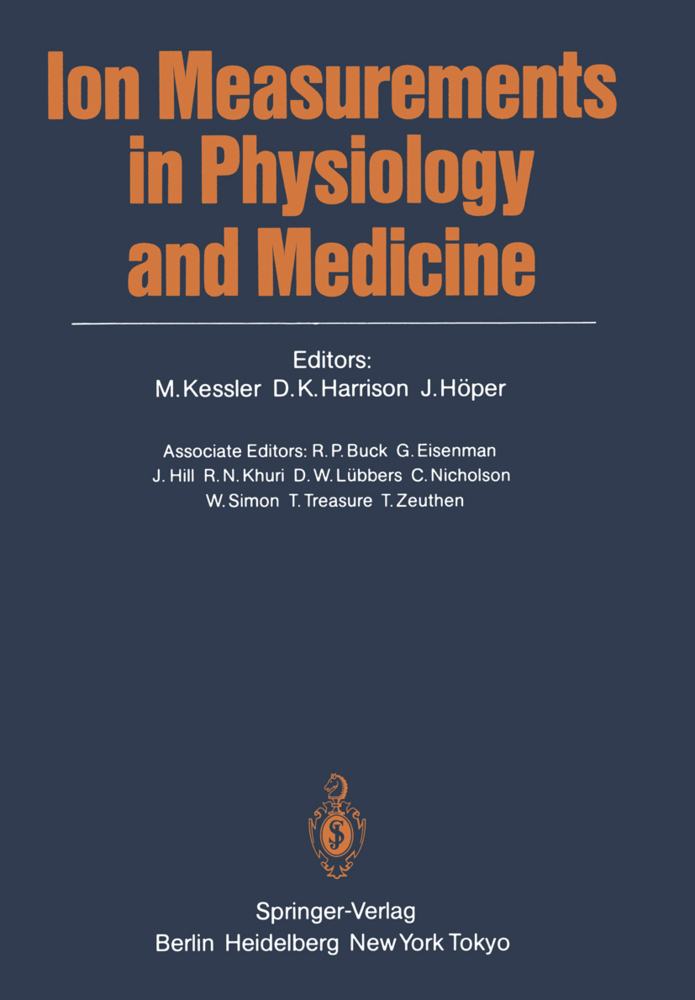Problems of Life Research
Physiological Analyses and Phenomenological Interpretations
Problems of Life Research
Physiological Analyses and Phenomenological Interpretations
Professor Wilhelm Blasius, physiologist at Giessen in West Germany, has written a book "Probleme der Lebensforschung" (Verlag Rombach, Freiburg 1973) which - I understand - is to be published in an English version. To me it has been of interest as an orientation in a world of traditional German thinking, best known from Goethe's natural philosophy of perceptible "Ur bilder", which perhaps in English could be rendered descriptively by calling it an inner vision of further irre ducible totalities. It is in contemporary language a kind of intuitive 'holistic' insight which represents understanding different from that of natural science. The latter is devoted to the study of causal chains, is largely experimental and in its aim ultimately 'reduc tionist' -to use another modern term. Goethe's approach is reincarnated in the "Wesenslehre" of the late Ludwig Klages (1872-1956) and in the thinking of Carl Gustav Caruso To Klages the perceived image alone is the meaning of everything in this world and in this sense he is the advocate of a psychological phenom enology that is an end in itself. Originally trained as a chemist Klages soon turned to philosophy and de veloped a system of concepts supposed to give a deeper insight into the essence of life than did the endless causal chains of natural science. Blasius makes much use of the concepts of this philosopher, in particular his ideas on 'polarities'.
2. Epistemological Foundations of the Science of Life
3. The Scope of the Natural Scientific Theory of Life
4. Special Attributes of Organisms
5. The Flow of Energy as the Most Important Principle of Scientific Biology
6. Summary
II. Rhythm and Polarity - Physiological Analysis and Phenomenological Interpretation
1. Causal Analysis of Periodic Processes
2. A Critical Analysis of a Causal-Analytic Interpretation of Rhythmic Phenomena
3. Phenomenological Description of Rhythm and Polarity
4. Summary
III. Bodily Movement and Exercise - Physiological Analysis and Phenomenological Interpretation
1. Phenomenological Interpretation of Bodily Movement
2. Physiological Analysis of Bodily Movements
3. Exercise as a Therapeutic Measure
4. Summary
IV. Human Language - Physiological Analysis and Phenomenological Interpretation
1 Physiological Analysis of the Sound of Speech and of Hearing
2. A Phenomenological View of Language
3. Summary
4. Postscript
V. Stereoscopic Vision and Color Discrimination: Their Typological Polarity and Relations to Pictorial Creativeness
1. Physiological Methods
2. Psychological Methods
3. Performance Differences in Stereoscopic Vision
4. Performance Differences in Color Discrimination
5. Typological and Sex Differences in the Kind of Creativity
6. Stereoscopic Vision and Color Discrimination in Relation to Kind of Creativity
7. The Complementary Behavior of Stereoscopic Visual Capacity and Color Discrimination Ability
8. Color Discrimination, Stereoscopic Vision and the Kind of Creativity in Relation to Color Selection
9. On the Polarity of Form and Color Perception
10. Color Selection as a PolarPhenomenon
11. Summary
VI. Quantitative Thinking in the Life Research
VII. The Essence of Health and Its Maintenance
VIII. Bibliography
IX. Author Index
X. Subject Index.
I. Epistemological and Methodological Foundations of Research into Life
1. Introduction2. Epistemological Foundations of the Science of Life
3. The Scope of the Natural Scientific Theory of Life
4. Special Attributes of Organisms
5. The Flow of Energy as the Most Important Principle of Scientific Biology
6. Summary
II. Rhythm and Polarity - Physiological Analysis and Phenomenological Interpretation
1. Causal Analysis of Periodic Processes
2. A Critical Analysis of a Causal-Analytic Interpretation of Rhythmic Phenomena
3. Phenomenological Description of Rhythm and Polarity
4. Summary
III. Bodily Movement and Exercise - Physiological Analysis and Phenomenological Interpretation
1. Phenomenological Interpretation of Bodily Movement
2. Physiological Analysis of Bodily Movements
3. Exercise as a Therapeutic Measure
4. Summary
IV. Human Language - Physiological Analysis and Phenomenological Interpretation
1 Physiological Analysis of the Sound of Speech and of Hearing
2. A Phenomenological View of Language
3. Summary
4. Postscript
V. Stereoscopic Vision and Color Discrimination: Their Typological Polarity and Relations to Pictorial Creativeness
1. Physiological Methods
2. Psychological Methods
3. Performance Differences in Stereoscopic Vision
4. Performance Differences in Color Discrimination
5. Typological and Sex Differences in the Kind of Creativity
6. Stereoscopic Vision and Color Discrimination in Relation to Kind of Creativity
7. The Complementary Behavior of Stereoscopic Visual Capacity and Color Discrimination Ability
8. Color Discrimination, Stereoscopic Vision and the Kind of Creativity in Relation to Color Selection
9. On the Polarity of Form and Color Perception
10. Color Selection as a PolarPhenomenon
11. Summary
VI. Quantitative Thinking in the Life Research
VII. The Essence of Health and Its Maintenance
VIII. Bibliography
IX. Author Index
X. Subject Index.
Blasius, W.
| ISBN | 978-3-540-07731-2 |
|---|---|
| Artikelnummer | 9783540077312 |
| Medientyp | Buch |
| Copyrightjahr | 1976 |
| Verlag | Springer, Berlin |
| Umfang | XVI, 197 Seiten |
| Abbildungen | XVI, 197 p. 3 illus. |
| Sprache | Englisch |











